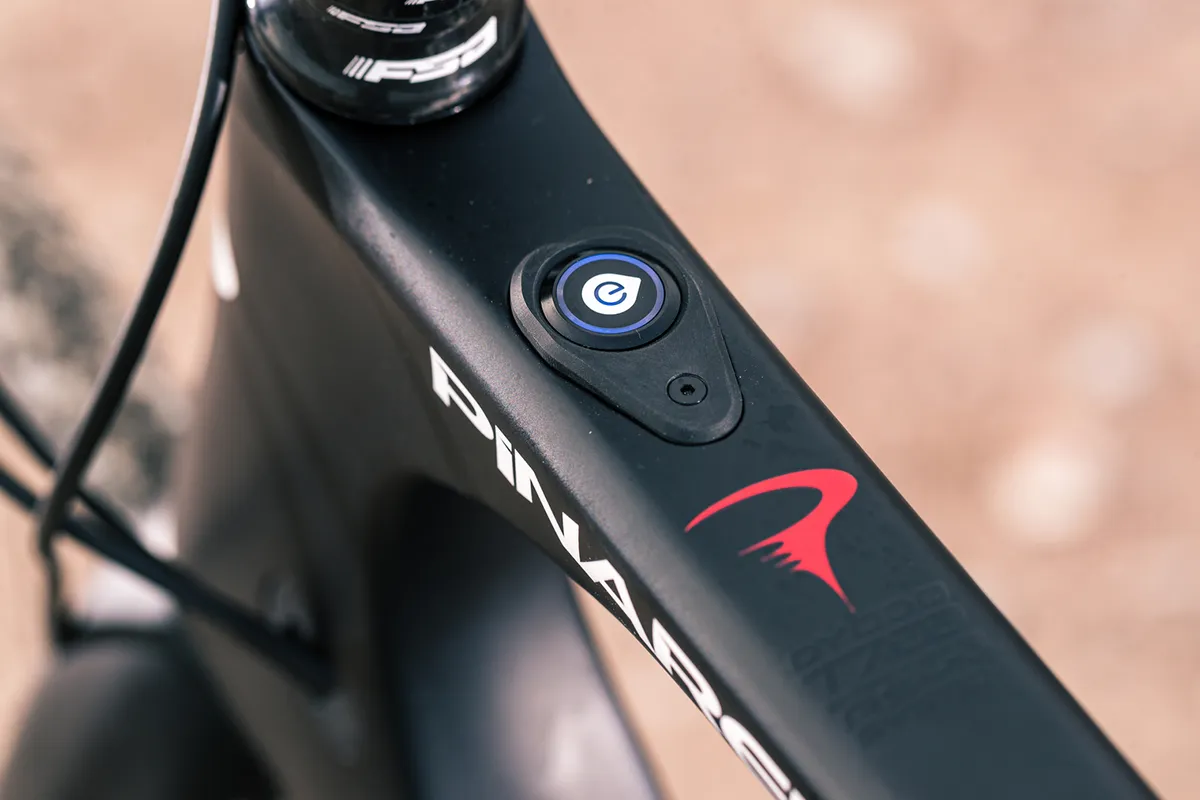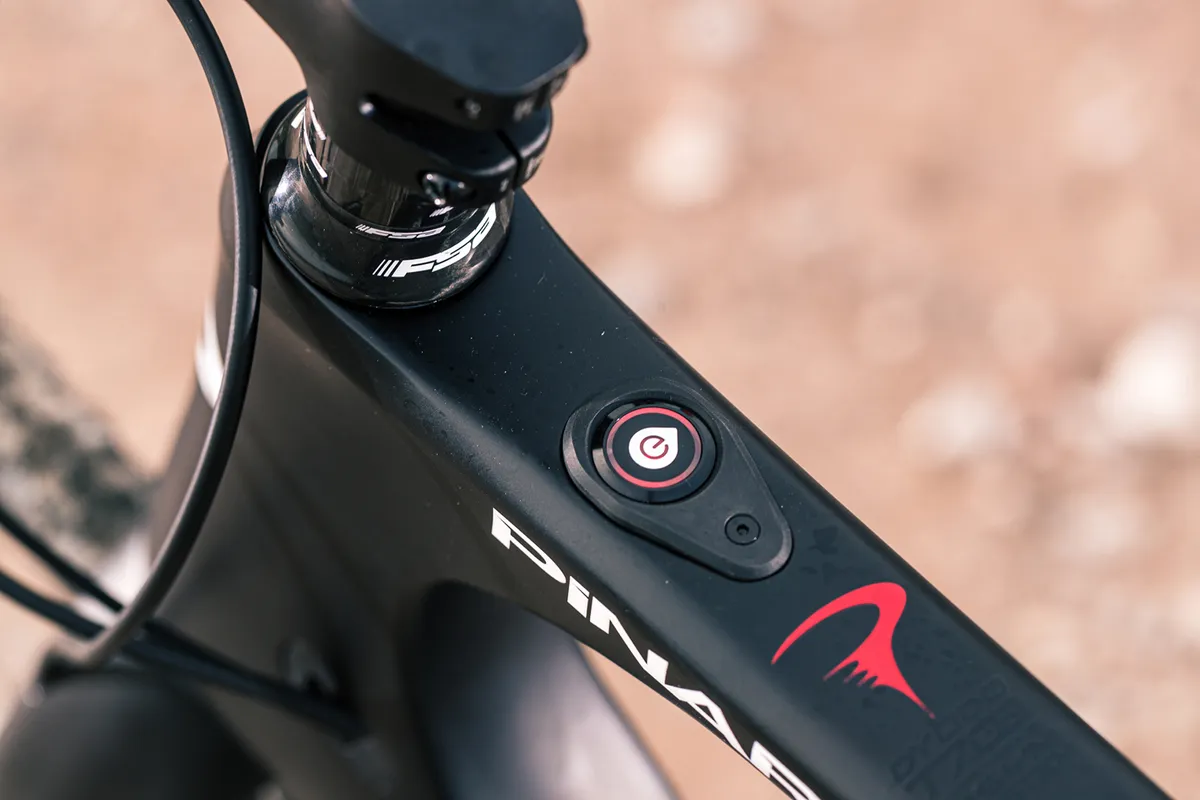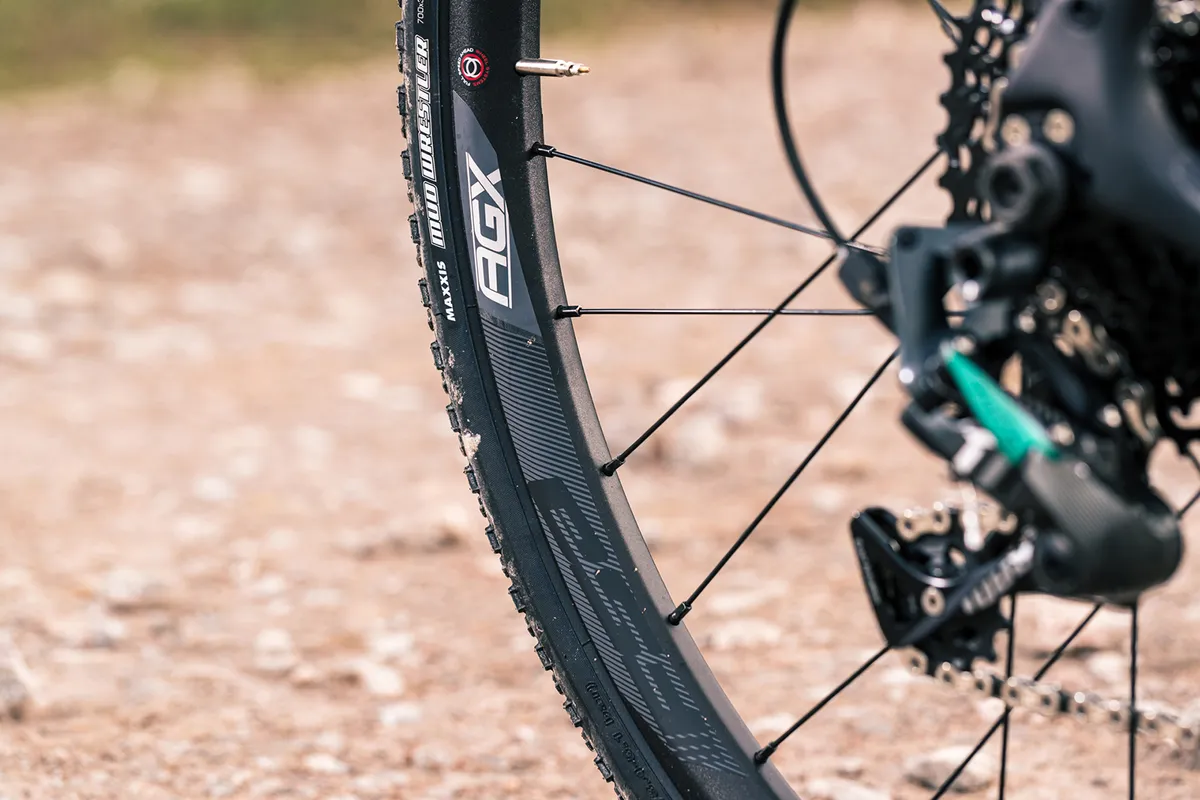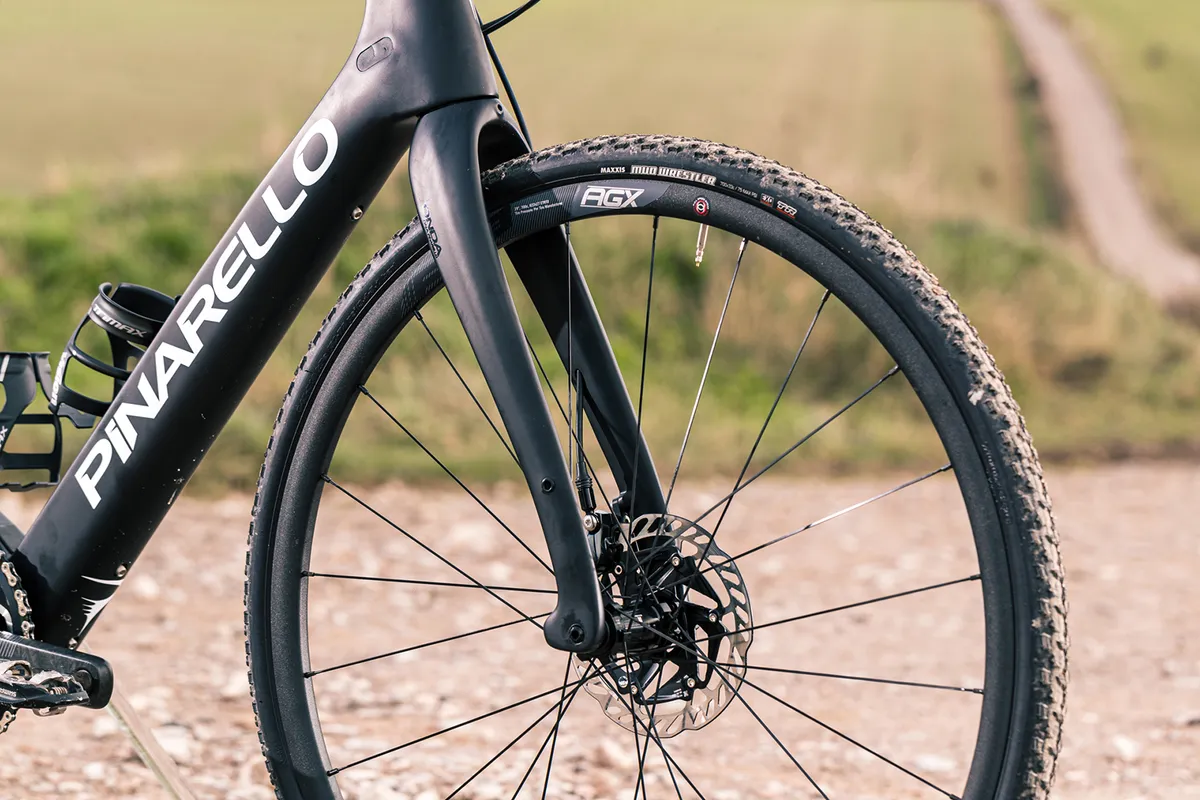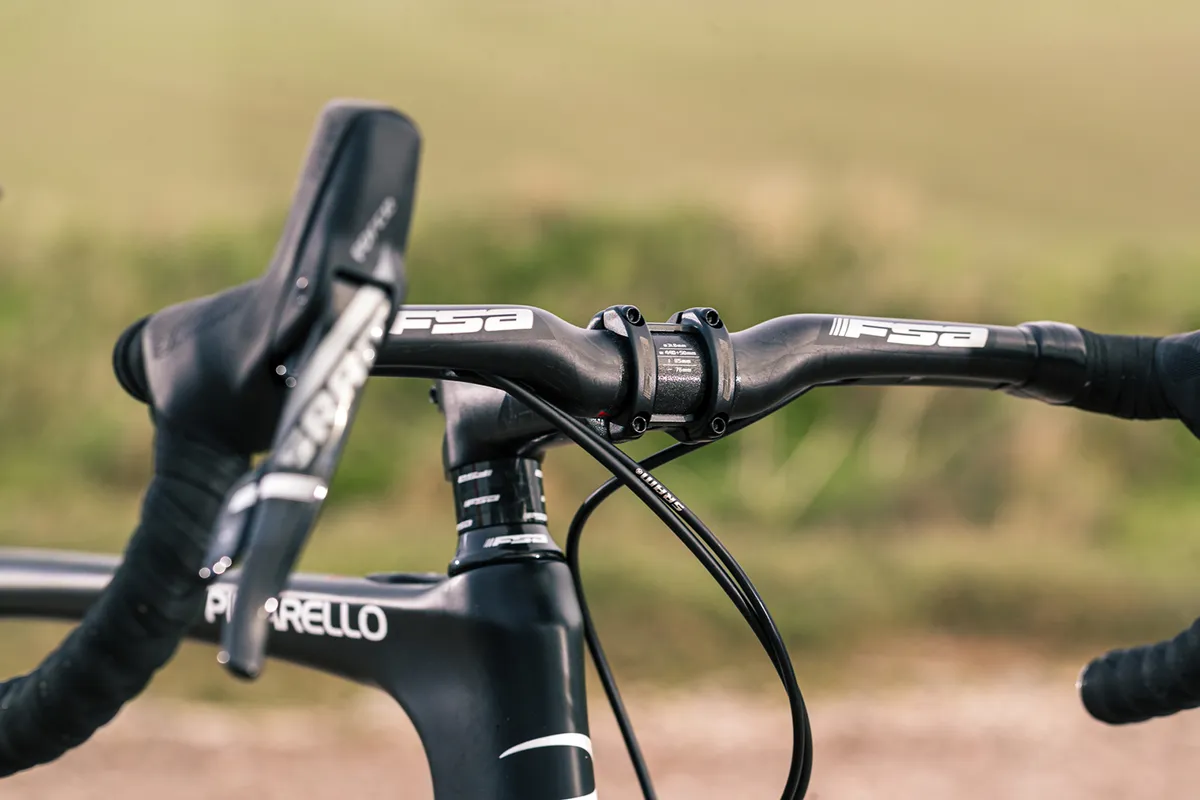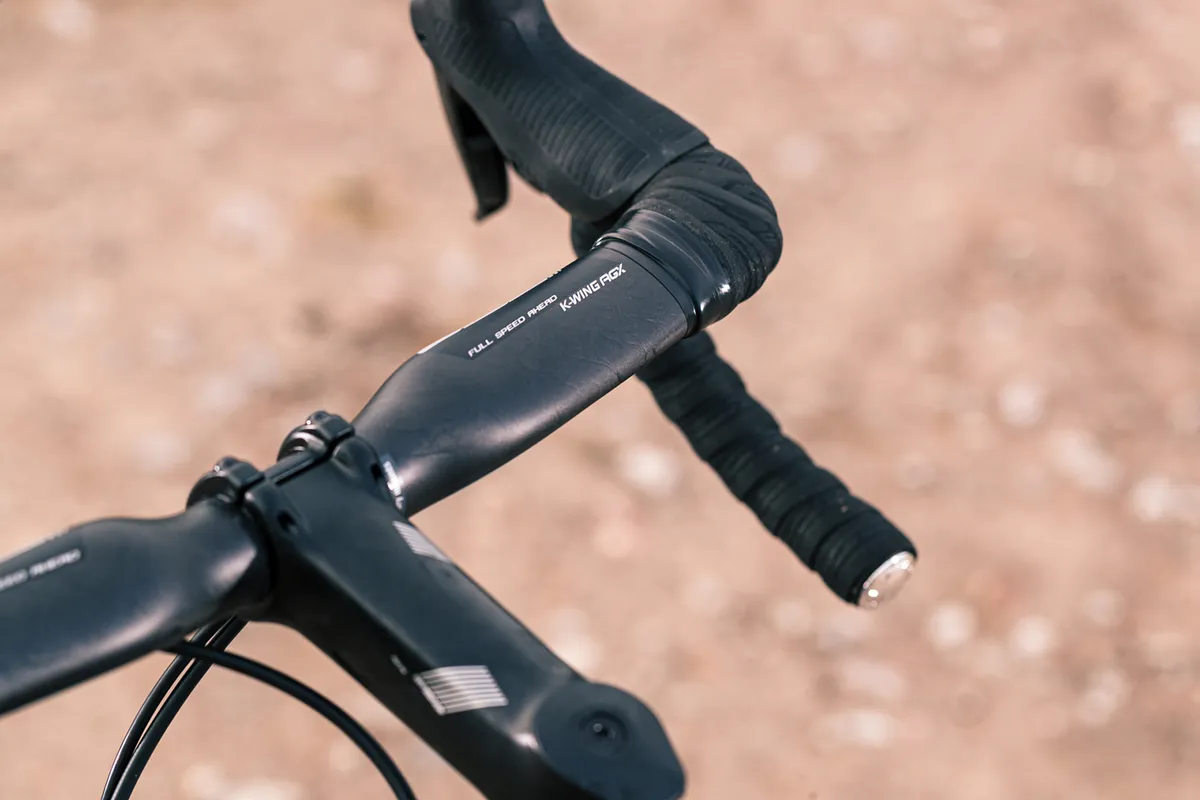FSA's System HM 1.0 ebike motor is set to rival the biggest players in the market as a lightweight rear hub motor for electric road bikes and electric gravel bikes, and we got an exclusive test ride to see how it stacks up against stiff competition.
Built on to a Pinarello Dyodo, it's a case of fast gravel meets e-power. This production preview is the first time the system has been used outside of FSA’s engineers.
The System HM 1.0 has been in development for a long time and, although it's now ready to go, FSA is remaining tight lipped about the brands that will be using the new lightweight ebike system.
However, FSA has been a key ebike component supplier to the likes of Bianchi, Focus, Cube, KTM, Scott and Fantic, so it's odds-on that one of its existing partners will take the leap and release a bike kitted out with the System HM 1.0.
Also, with FSA already an established and respected wheel maker, it's able to offer the system as a full-set with ready-built wheelsets that contain the rear hub motor.
This could be appealing to manufacturers and also mean wheels for multiple disciplines and at different price levels – my test bike is fitted with FSA’s AGX gravel wheels.
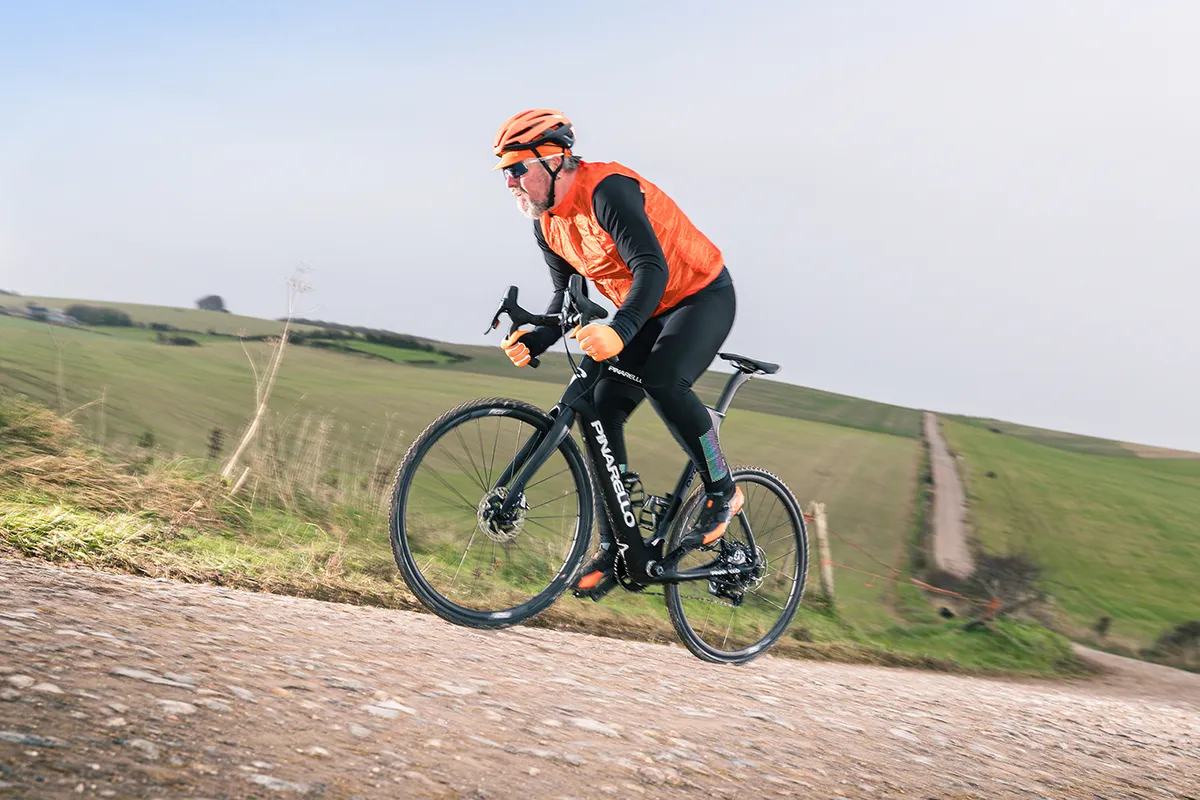
How does it compare to other lightweight ebike systems?
The system bears many similarities to Mahle’s popular ebikemotion system, with its use of a rear hub-based 250-watt motor combined with an internal 250Wh battery. The System HM 1.0 weighs a claimed 3.98kg complete, which is also comparable to Mahle’s system at 3.6kg.
FSA's system also compares well weight-wise to the other ‘lightweight’ ebike system on the market from Fazua. The Fazua Evation has a complete weight of 6kg, but positions its motor at the bottom bracket.
One benefit of hub systems (like those from FSA and Mahle) is the low Q-factor, which is exactly the same as a standard road or gravel bike, but also the look, without the noticeably wider stance you get from Bosch and other bottom bracket-mounted systems.
The power of control
There are five assistance settings, including an ‘eco’ Green and ‘boost’ Red mode, serving up to a maximum of 250w power and 42Nm of torque.
The motor itself features an integrated torque and two speed sensors, also both integrated. That may not sound like much, but it’s a very smart move by FSA to keep extraneous parts to a minimum.
On one of my more ‘adventurous’ test rides I managed to pinch flat the rear tyre on a rocky descent, and the ease with which the rear wheel can be removed, without worrying about knocking sensors out of line, for example, was most welcome.
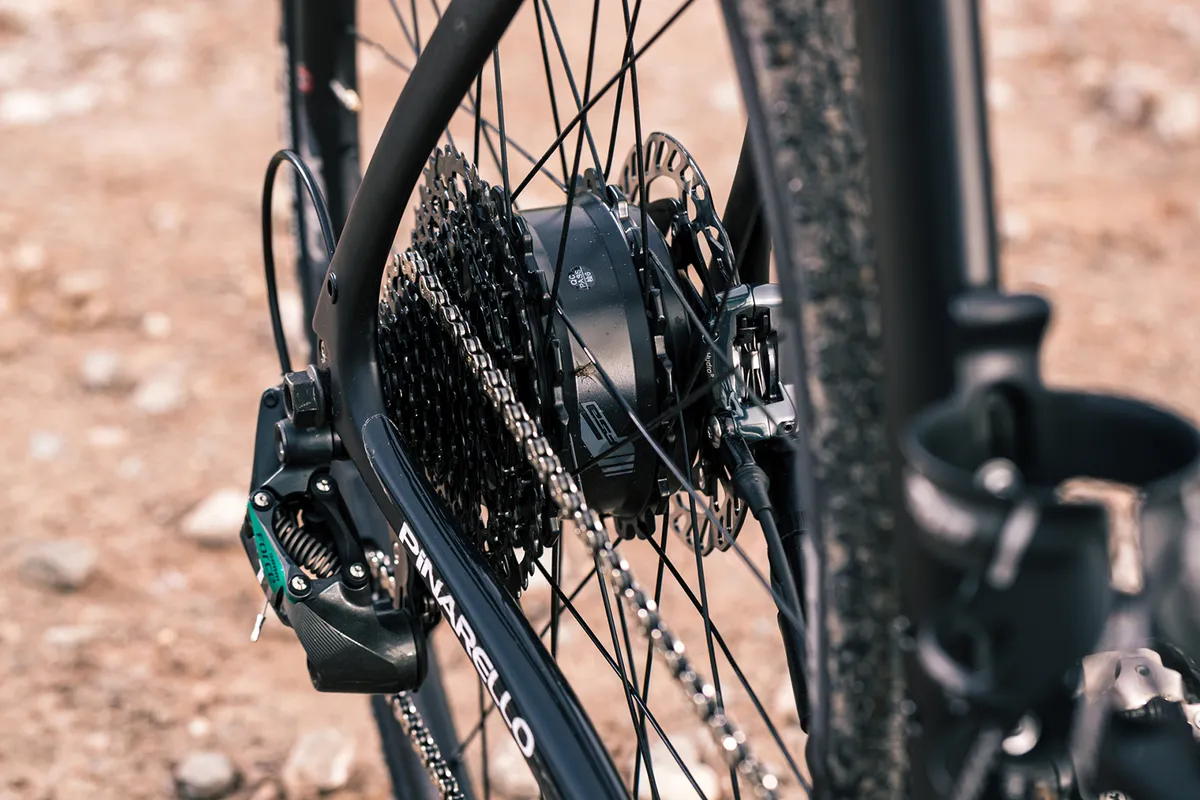
To remove the wheel, it's simply a case of unplugging the waterproof connection, undoing the (15mm) bolts on the hub and pulling the wheel out.
Replacing the newly repaired wheel is equally simple, and I had no worries about alignment. The whole process was very user-friendly.
The design also means manufacturers won't need to add fixtures and fittings for external sensors, which makes for simpler designs and builds that should compensate for the slight weight penalty over its rear hub rival.
The FSA's hub is larger than ebikemotion's unit, but it's smartly finished and understated, and still compact enough to be hidden by both the cassette on the driveside and disc rotor on the non-driveside.
However, the bolts holding it in place are large, chunky blackened steel items that look like they come from a car’s engine rather than a lightweight carbon gravel bike.
The top tube-mounted control is very reminiscent of Mahle’s unit, but FSA’s action on the button has a much more defined ‘click’ to it, which does feel more positive in use, especially with gloved hands.
Having to cycle through the levels going from the Green eco mode, through Blue, Yellow, Orange, and then the Red boost mode seems a little overkill compared to its rival's three, and I mostly stayed in Green, only occasionally pushing up to blue.
There's a positive jump when the assist's input changes from Green to Blue, but it's more subtle through Yellow and Orange before another big jump to the Red mode.
On one of my test rides, I took the Pinarello to a particularly challenging dirt road climb – on which I've previously tested Fazua and ebikemotion bikes, as well as a Bosch Performance line-equipped gravel bike – with a gradient that creeps from 12 per cent at its start to 26 per cent in the middle of its 1.5km length, and the FSA’s motor power felt more akin to the big power of the Bosch rather than the subtle assistance of the Fazua or ebikemotion when ramped up in its Red setting.
It’s all rather impressive. The downside, though, is the FSA’s motor is noisier than Fazua and Mahle systems I've tested. While there's plenty of power, if your idea of an ebike is subtle, stealthy assistance then this may not be quite right for you.
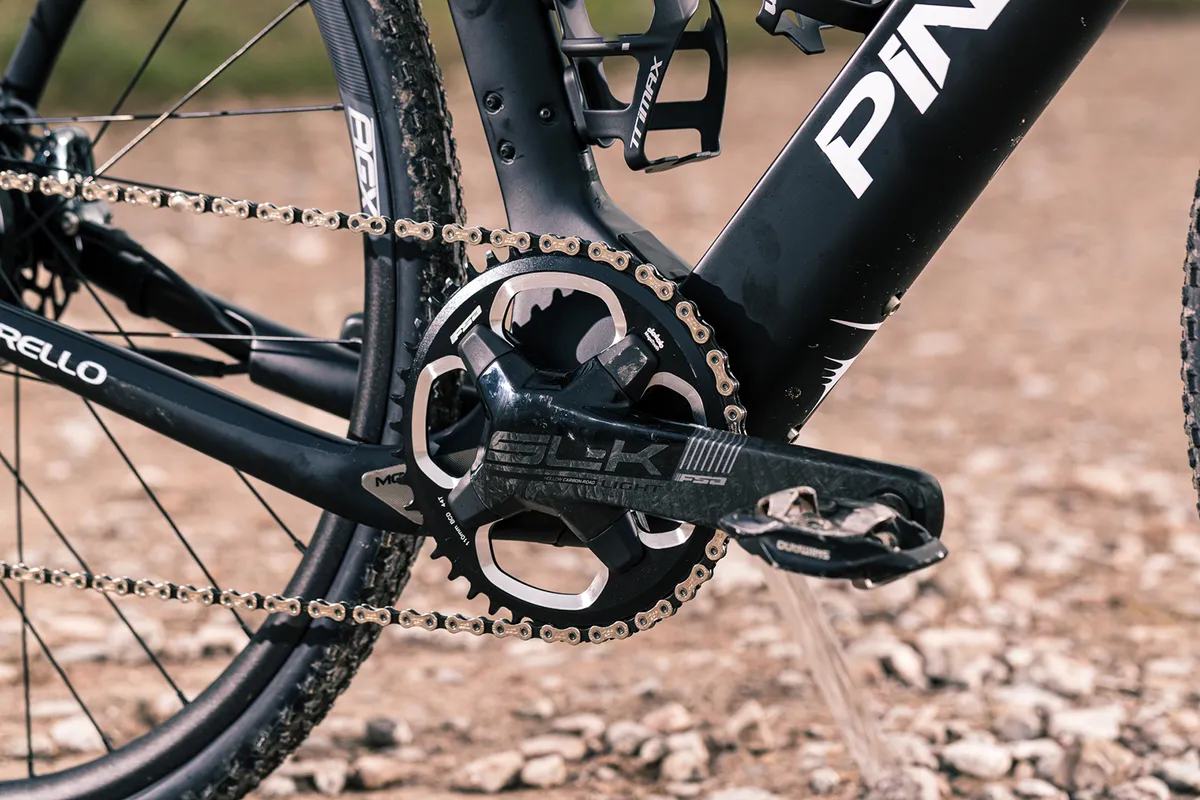
When exceeding the EU limit of 25km/h (32km/h in the USA), the hub shuts down, but there's minimal friction or resistance from the drivetrain. Rolling along at 17mph and above, the bike felt very natural, like a standard, non-motorised bike would.
Riding the bike with the system off elicits a little drag in the rear hub, but it's not too detrimental, just not exactly ‘free’ spinning.
Pinarello Dyodo build
The Dyodo chassis was built up with a selection of FSA and FSA gravel-specific AGX parts, including AGX alloy tubeless-ready wheels, a K-Wing AGX bar, SL-K ACS stem, an SL-K carbon chainset with 44t mega-tooth chainring, SRAM Force 1 (11-42 cassette), Prologo Proxim Tirox 650 saddle and Maxxis Mud wrestler 33c tyres.
With Shimano PDM530 pedals, two bottle cages, a Garmin mount and a bell fitted, the complete bike weighed 13.5kg (58cm), which is pretty decent for an ebike.
For example, Cannondale’s SuperSix EVO Neo 2 with its ebikemotion system tips the scales at 12.1kg without pedals and extras, and that’s running 28c road tyres rather than 33c gravel rubber.
System HM 1.0 range
The System HM 1.0’s range at best hit 54.18mi/87.2km with 3,917ft/1,194m of ascent, which is pretty impressive considering the test riding was all off-road on gravel surfaces.
If the System HM 1.0 was on a pure road bike you could expect to get more. There is a caveat on these numbers though, because ebike ranges are dependent on a number of factors, such as bike and rider weight, average speed, topography etc.
System HM 1.0 connectivity
A dedicated app for the FSA System has been developed and will be available for both iOS and Android devices. It's claimed to record ride and usage statistics, display remaining battery life and charge status, as well as feature full GPS turn-by-turn navigation.
The app will also feature a diagnostic centre, complete with chatbot interaction and the facility to communicate directly with FSA’s service centres worldwide.
I haven’t had a chance to try out the app yet because it's still in its Beta stage for iOS (and I don’t have an Android phone), but if the app can offer all it claims it’ll put the HM 1.0 up with Mahle and Fazua in the usability stakes because both have impressive app support, particularly Mahle’s ebikemotion app.
System HM 1.0 ebike system overall
FSA’s first foray into ebike power is impressive; the power delivery is positive and it packs more punch than its lightweight rivals.
I also like the self-contained design, which reduces extraneous parts that could be vulnerable to accidental damage.
Like its rivals (none of which are perfect just yet) I’d like to see a few refinements. For example, those chunky, clunky, oversized bolts holding the rear hub in place look a little cheap with their dull blackened finish. An anodised or machined would look much slicker and higher-spec. However, they do their job and keep the powerful 250w/43Nm system solidly in place.
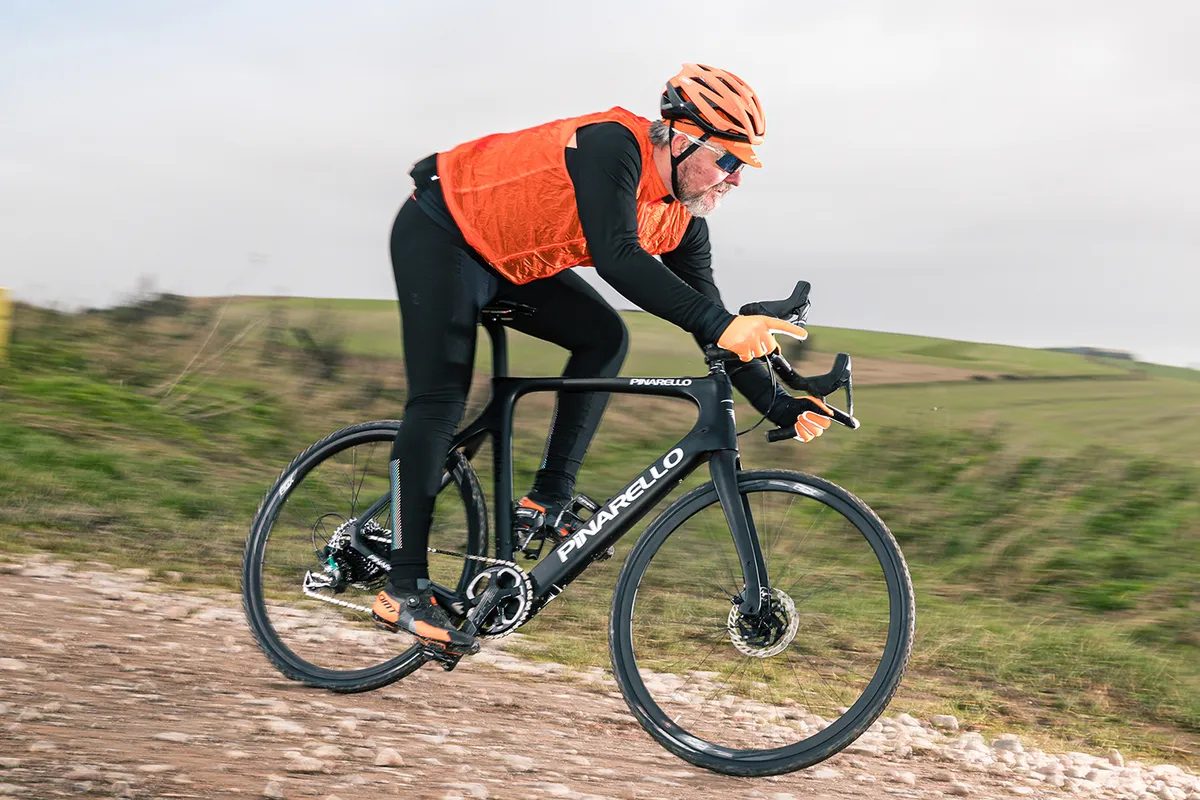
It would be good to see FSA apply its keen graphic approach to the finish as it does on its bars, stems and wheels, too.
I also think the System HM 1.0's nomenclature is a little cold and industrial. It sounds more like a piece of original equipment on any bike rather than something ebike fans might aspire to, in the way Specialized has managed with its Turbo Creo system.
It’ll be good to see how FSA’s system fairs on complete bikes – expect to see models arriving soon. It will also be interesting to see ebikemotion and Fazua face some impressive competition when it comes to electric powered assistance.
Product
| Brand | Fsa |
Features
| Motor | HM 1.0 system |
